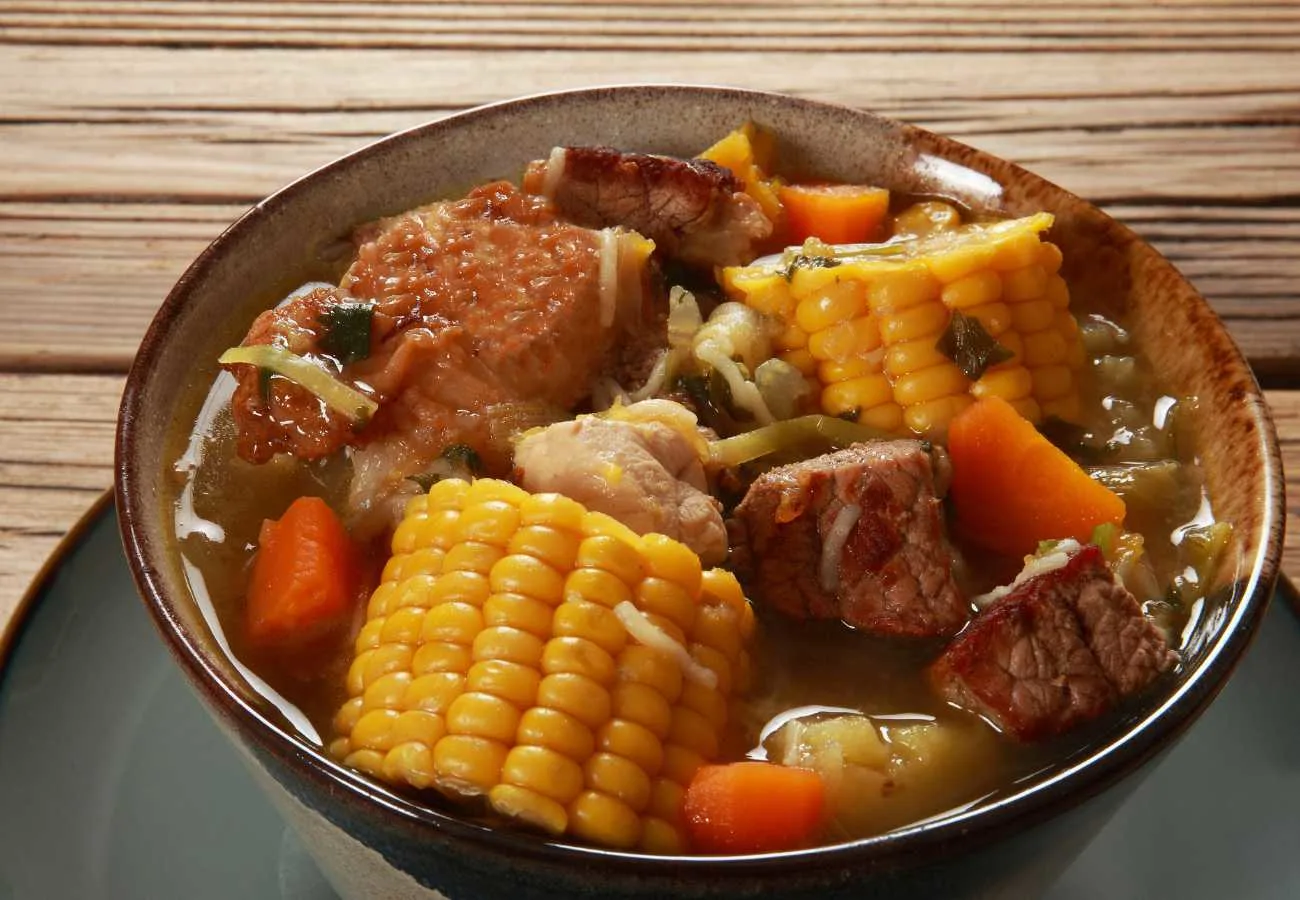Introduction: The Fusion of Cultures in Dominican Cuisine
The Dominican Republic is a melting pot of cultures, resulting in a unique and flavorful cuisine that reflects the country’s rich history. The country’s cuisine is heavily influenced by African, Spanish, and Indigenous cultures, which are intricately woven into the dishes.
The African, Spanish, and Indigenous cultures have all contributed their own unique flavors, ingredients, and cooking techniques, making Dominican cuisine a diverse and exciting experience. The country’s cuisine has evolved over time, with each group adding their own touch to traditional dishes, resulting in new and innovative flavors that are uniquely Dominican.
African Influence: Key Ingredients and Dishes
African influence is evident in many Dominican dishes, with the use of spices, beans, and stews being the most prominent. One of the most popular dishes that reflects African influence is sancocho, a hearty stew made with meat, yucca, plantains, and corn. The use of yucca and plantains in the dish is a nod to African cooking techniques, which often involve boiling starchy vegetables.
Other key ingredients used in Dominican dishes with African influence include beans, rice, and coconut, which are all staples in African cuisine. For example, moro de guandules, a dish made with pigeon peas, coconut, and rice, reflects this influence.
Spanish Heritage: Flavors and Cooking Techniques
The Spanish influence on Dominican cuisine is perhaps the most significant, as the country was colonized by Spain for over 300 years. The Spanish brought with them a variety of ingredients and cooking techniques, which have since become integral to Dominican cuisine.
One of the most prominent Spanish influences on Dominican cuisine is the use of sofrito, a mixture of onions, peppers, and garlic that is sautéed and used as a base for many dishes. This technique is commonly used in dishes such as arroz con pollo, a flavorful chicken and rice dish.
Other Spanish influences on Dominican cuisine include the use of olive oil, saffron, and the incorporation of seafood in dishes such as paella.
Indigenous Roots: The Use of Local Ingredients
The Indigenous people of the Dominican Republic, known as Tainos, have also had a significant influence on the country’s cuisine. The Tainos were skilled farmers and foragers, and their diet consisted of a variety of fruits, vegetables, and seafood.
Today, many Dominican dishes incorporate local ingredients such as yucca, plantains, and corn, which were staples in the Taino diet. One of the most popular dishes that reflects Indigenous influence is mangu, a dish made with mashed plantains, which is often served for breakfast.
Popular Dominican Dishes with African, Spanish and Indigenous Influence
Some of the most popular dishes in Dominican cuisine are a fusion of African, Spanish, and Indigenous influences. Examples include:
- Asopao: A soupy dish made with shrimps, chicken, and rice, which reflects Spanish and African influences.
- Chicharron de Pollo: A fried chicken dish that uses a mixture of spices and herbs, reflecting African influence.
- Tostones: Fried plantains that are a staple in many Dominican dishes and reflect Indigenous influence.
The Role of Cilantro, Garlic, and Rice in Dominican Cuisine
Cilantro, garlic, and rice are three key ingredients in Dominican cuisine that are used in many dishes. Cilantro, for example, is often used as a garnish or added to dishes for flavor, while garlic is used as a base for many dishes, reflecting Spanish influence.
Rice is also a staple in Dominican cuisine and is often served as a side dish or used in a variety of dishes, such as arroz con gandules or arroz con leche.
The Impact of Slavery and Colonialism on Dominican Food
The impact of slavery and colonialism on Dominican food cannot be overstated. The African slaves brought to the Dominican Republic were forced to adapt to new ingredients and cooking techniques, resulting in a fusion of African and Spanish flavors.
Similarly, the Spanish colonizers brought with them a variety of ingredients and techniques that have since become integral to Dominican cuisine. The Taino people, who were the original inhabitants of the island, also had a significant influence on the country’s cuisine, with their knowledge of local ingredients and farming techniques shaping Dominican cuisine.
Conclusion: The Diversity and Richness of Dominican Gastronomy
In conclusion, the fusion of African, Spanish, and Indigenous cultures has resulted in a diverse and rich gastronomy in the Dominican Republic. The country’s cuisine reflects its complex history, with each group bringing their own unique flavors and cooking techniques to traditional dishes.
The use of local ingredients, such as plantains and yucca, and the incorporation of spices and herbs, such as cilantro and garlic, add depth and complexity to Dominican cuisine. The result is a harmonious blend of flavors that is uniquely Dominican and a true reflection of the country’s rich cultural heritage.

